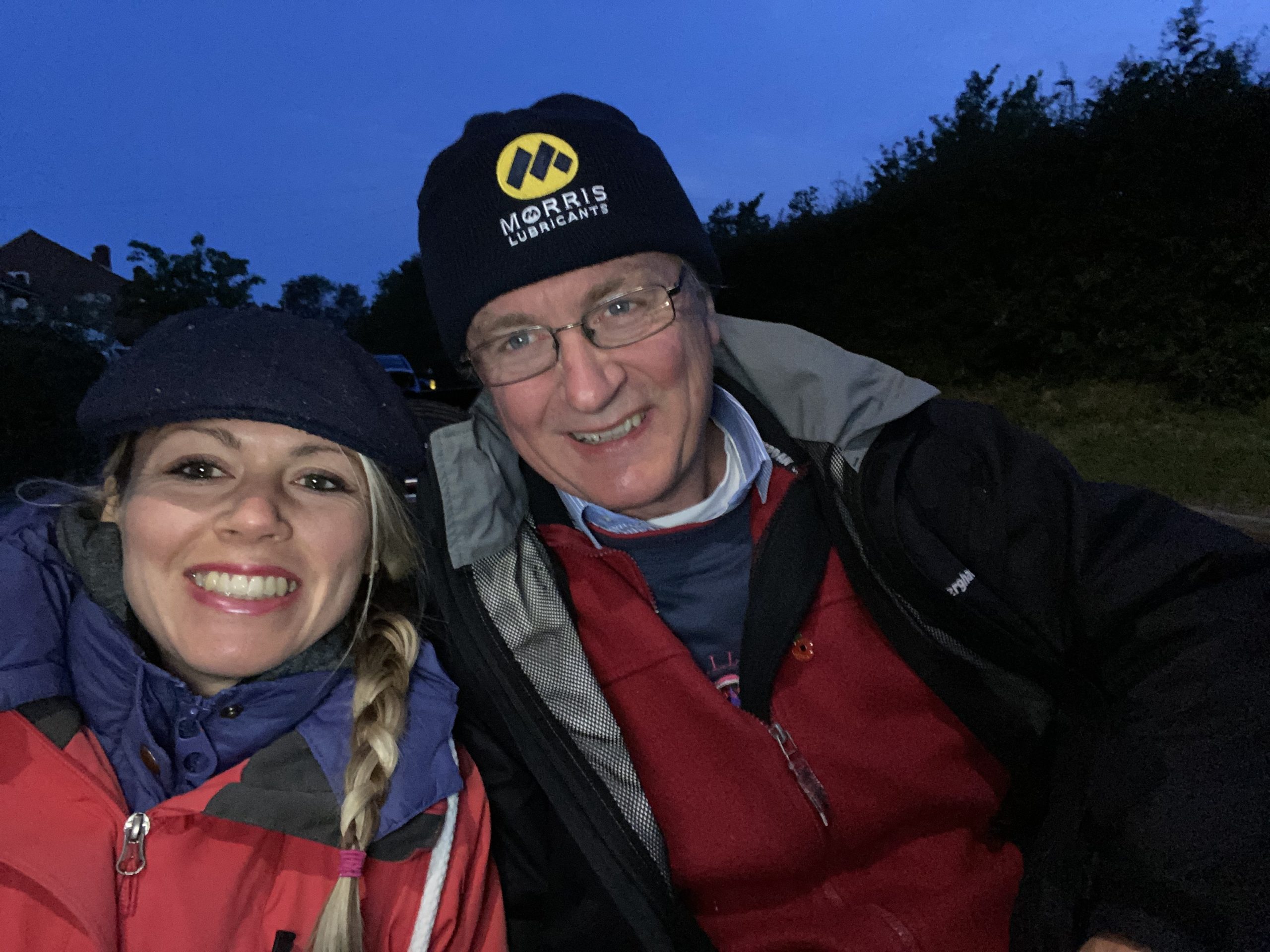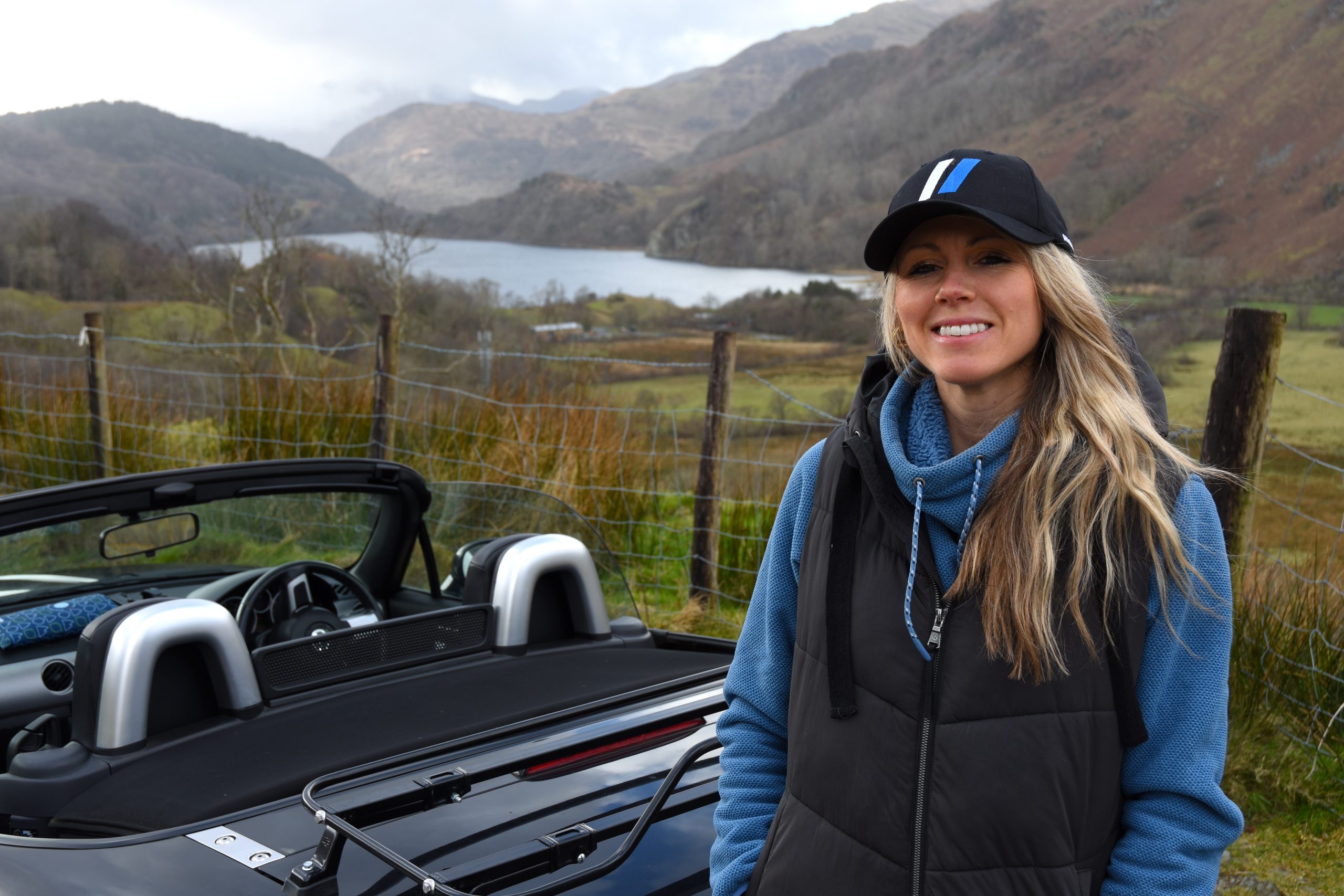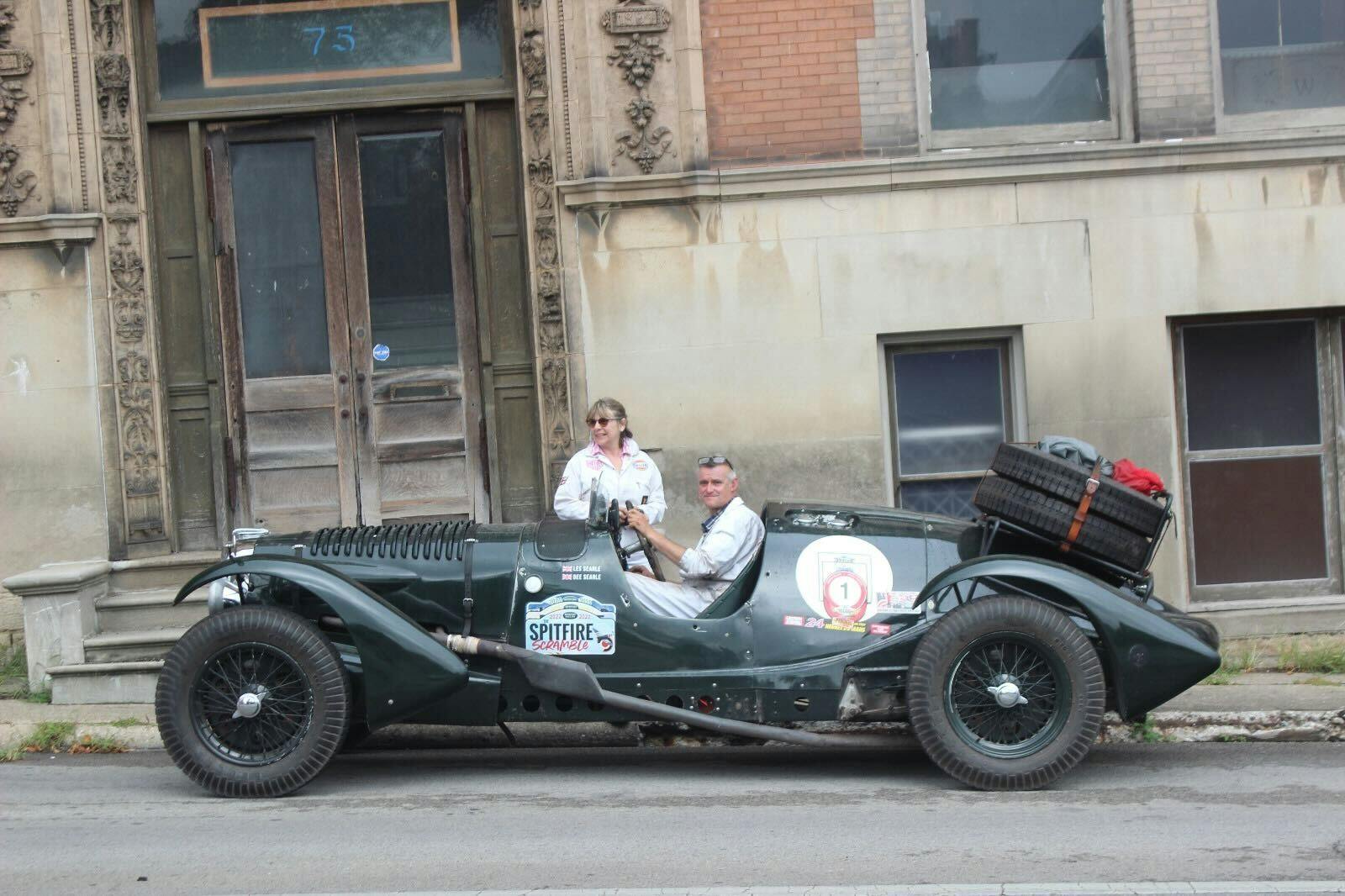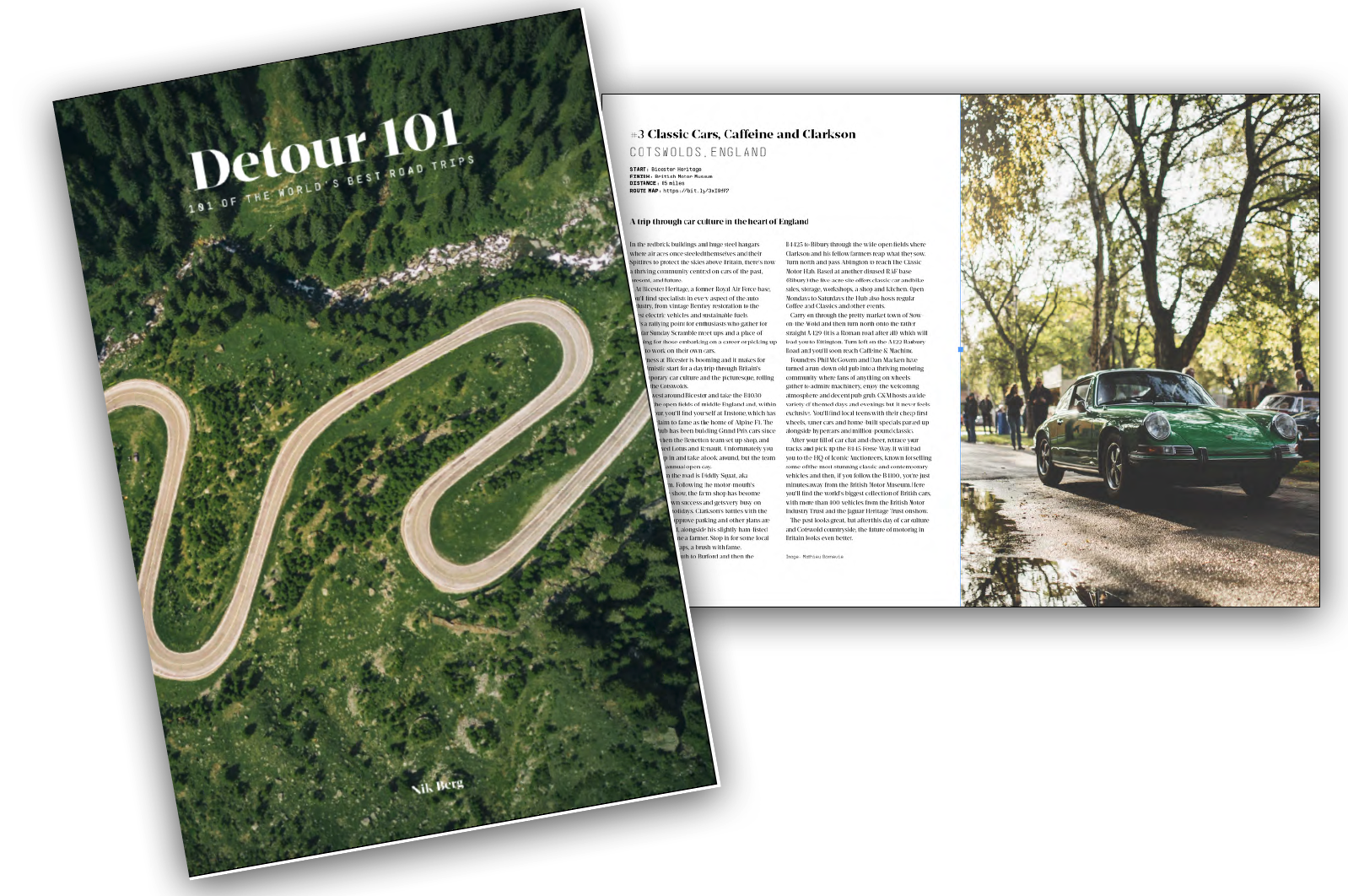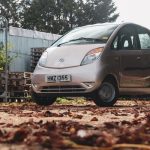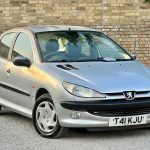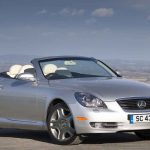Author: Charlotte Vowden
Images: Charlotte Vowden
On most days a journey on the M25 is the modern equivalent of navigating one of Dante’s nine circles of hell. It encircles London like a noose. With no permanent hard shoulder, a variable speed limit regulated by a fluctuating algorithm designed to catch you out, constant congestion and roadworks that consume seemingly never-ending stretches, it can be a treacherous and torturous place.
Having lived within earshot of it for thirty years, I’ve used it to commute into the capital, as well as for adventures much further afield. I’ve been stranded on it and made late by it, we have a relationship built on unreliability and distrust, so, before relocating to the Midlands I went on a mission to circumnavigate its 117-miles – in my MGA – for fun.
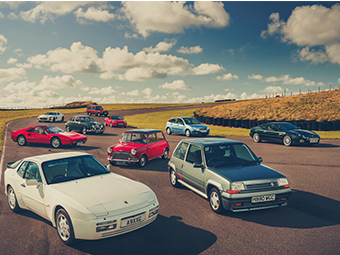
Joining at Junction 25 before dawn to get ahead of, then sit behind, the rush hour traffic, I made my clockwise loop around London in 2020; on the day non-essential pandemic travel restrictions were eased. With the roof down, and a cosy hood up, I anticipated watching sunrise as I cruised at altitude across the Queen Elizabeth II (QE II) Bridge. It would be symbolic, like driving towards a fresh start.
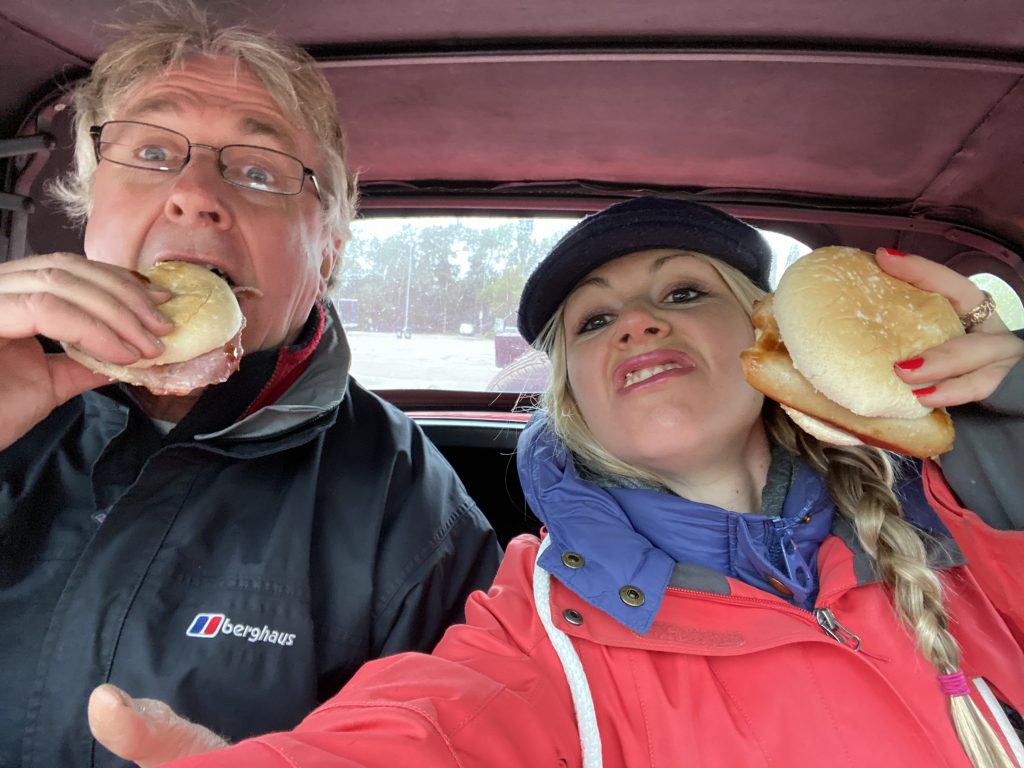
The date coincided with what would have been my father and I’s arrival at Everest Base Camp in Tibet, behind the wheel of the MGA. An epic expedition aborted – stay home, stay safe – we three weren’t at the top of the world, but we were together, we were healthy, and we were soaring across an estuary at the heady elevation of 213 feet. What about that sunrise? Well, it was a no-show but hey-ho, we were motoring! Even if we were on one of the UK’s most hated roads. Dwarfed by monster 12-wheelers, my low-slung sixties roadster held steadily. I was aware of, but unfazed by, the HGVs that thundered along. Happy in our highway comfort zone of around 56-60mph, we stayed in the slow lane, safely out of the way.
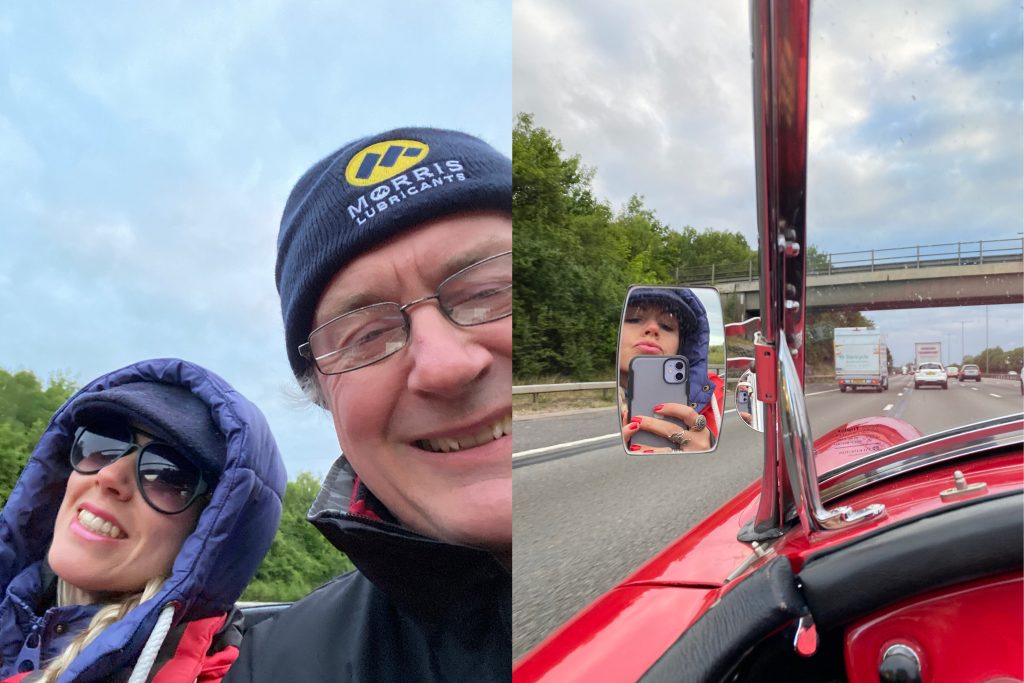
Opened by Margaret Thatcher with a ribbon cutting ceremony in 1986, the then prime minister dubbed the M25 a “road of which we can all be proud.” Christening it a “showpiece” of British engineering, and applauding the “great efforts” that had “been made to blend it into the landscape” by planting two million tress, it’s fair to say it wasn’t wholly considered a concrete blight. Great for business and a boost to house prices outside central London – values in Kent rose by a quarter in ’86 – it really did have an impact people’s lives. Drivers flocked to see what all the fuss was about, and tales of tourists, pensioners and northerners spending hours, sometimes days, getting lost in the loop quickly emerged. City traders treated it as a racetrack too.
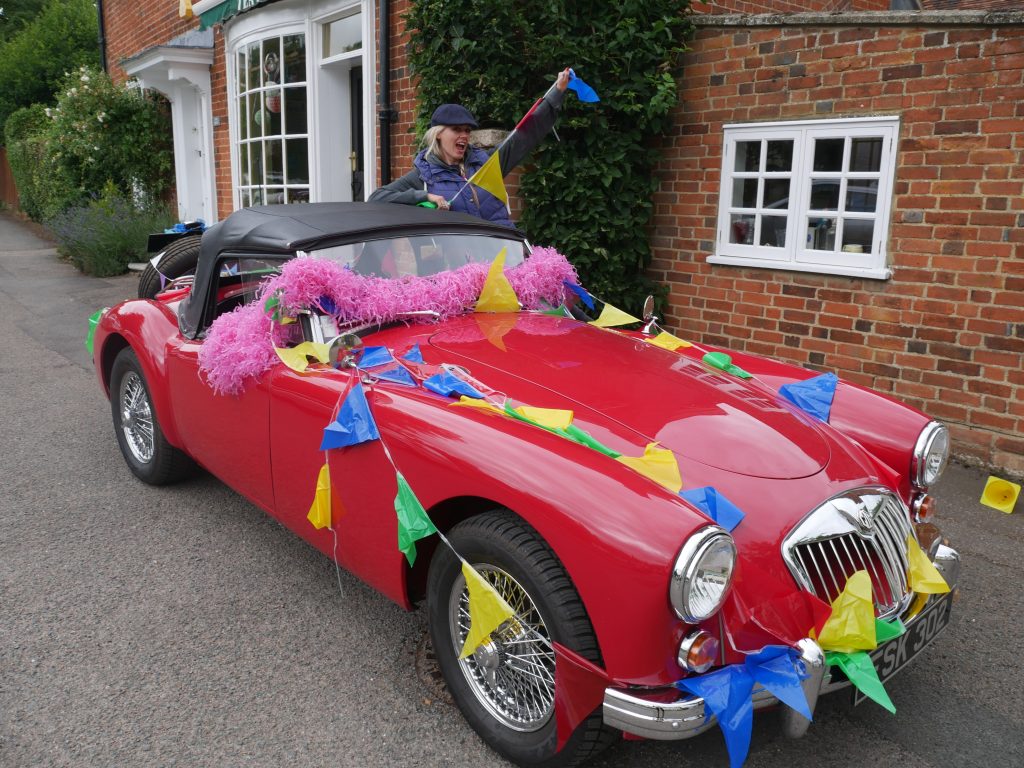
An hour and a half into our adventure, dad and I stopped and swapped duties at Cobham services. Inspired by a bus company that once ran tours of the M25, I conducted my own commentary of lesser-know facts. Dad’s reaction? One of wonderment and awe.
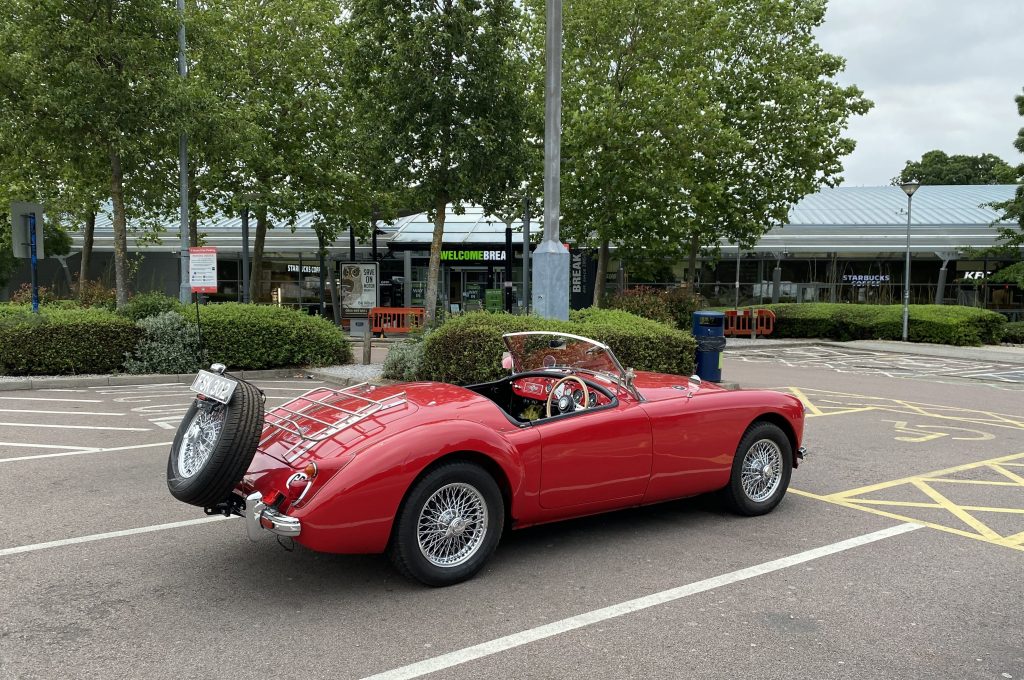
In the early nineties the M25 cultivated a rave scene, I revealed. Service stations became meet-points where party goers waited for the location of that night’s gathering to be revealed. They’d then travel in convoy to dance in a field. From illegal raving to a quirky romance, in 1991, Chris and Sue Glazier won a paid-for mystery wedding – the reception was held at Thurrock services. Following the post-nuptials party, the radio station that ran the competition whisked them off on an exotic getaway, that was, a circumnavigation of the M25. The passion wagon? A coach kitted out with an ice box as well as a four-poster bed.
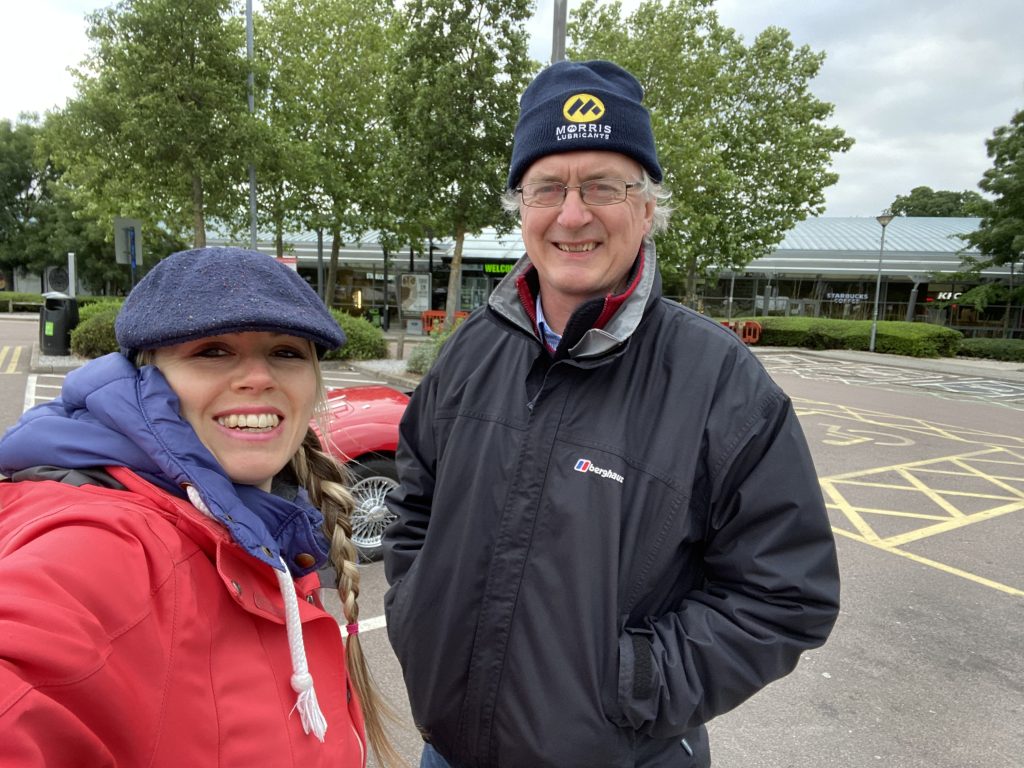
By 6.44 in the morning, dad and I were approaching the start, and end point, of our lap. Four hours and we were almost full-circle. Deciding to take breakfast at South Mimms, we feasted on rubbery sausages and rashers of shrivelled bacon. The M25 has a justifiably bad rep, but our circumnavigation had been rather splendid. Set out with low-to-no expectations and you too might have a good time.
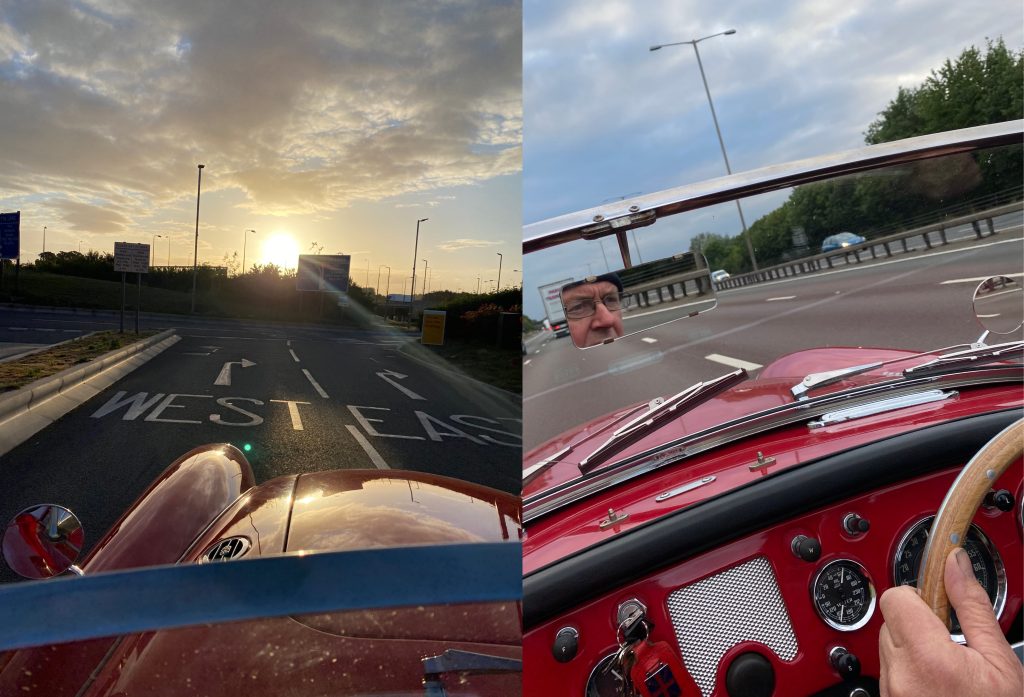
Do you have any memories of driving the M25? Where should Charlotte go next? We would love to hear from you in the comments below.
